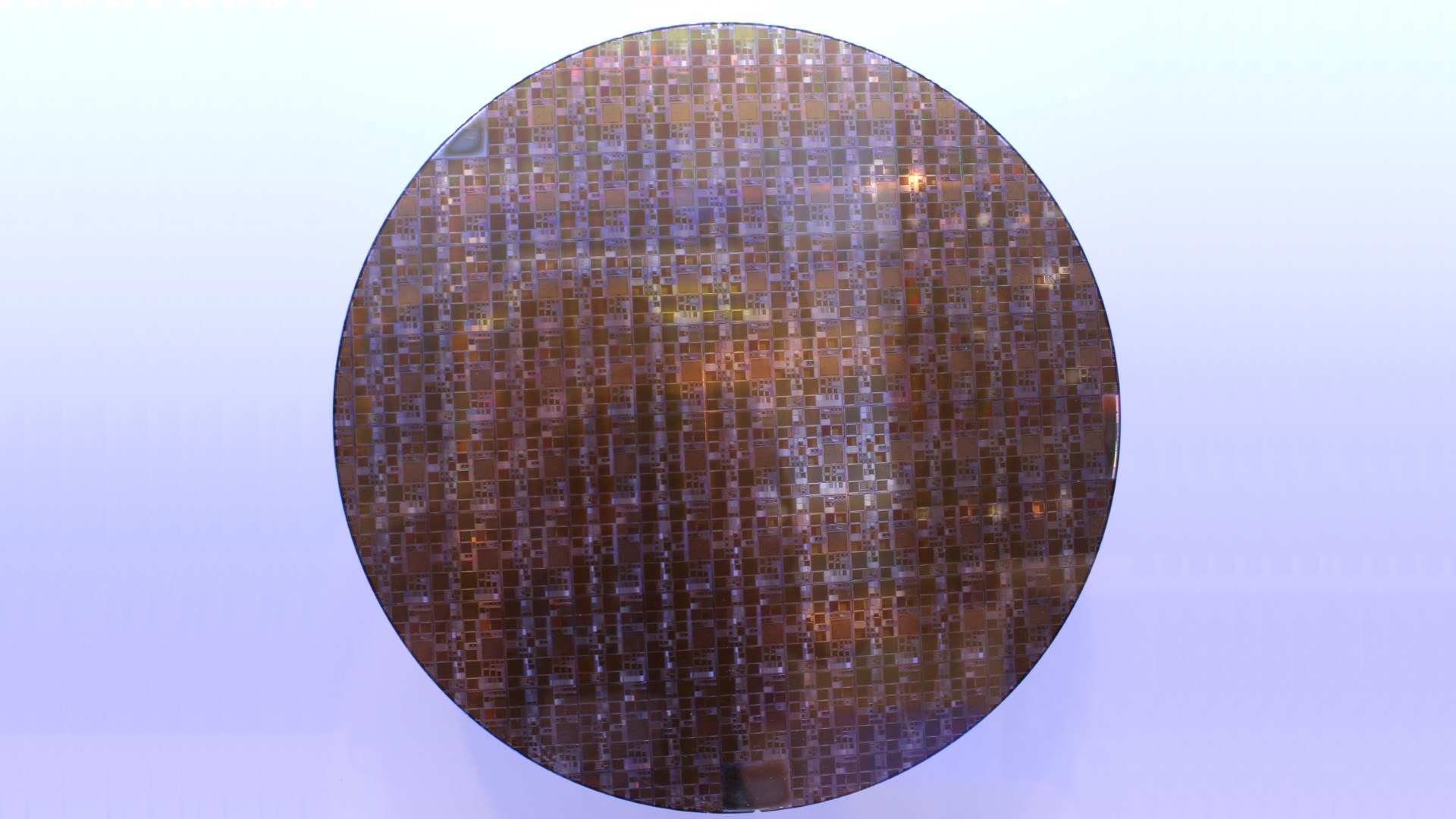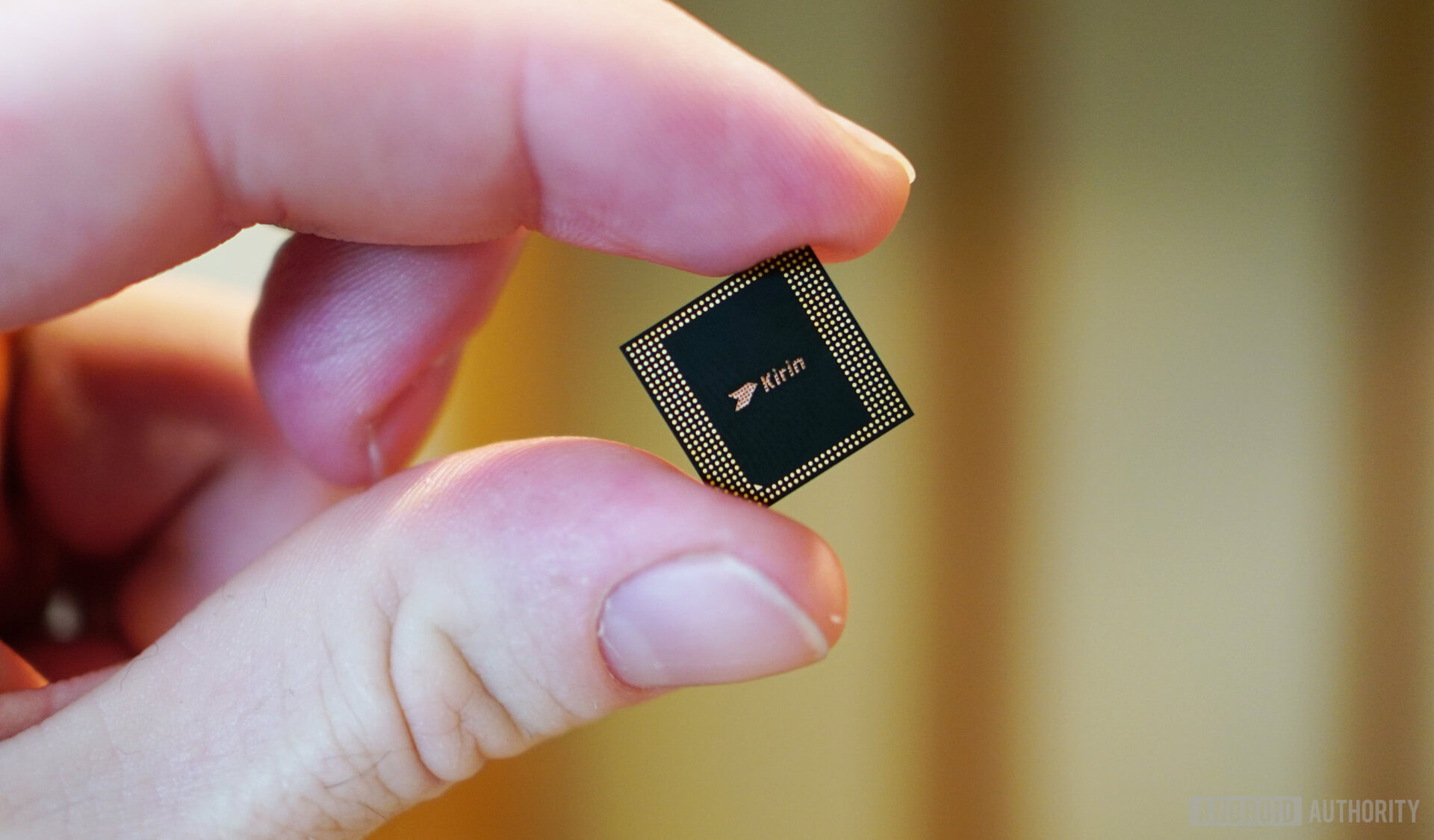Affiliate links on Android Authority may earn us a commission. Learn more.
Why everyone is rushing to 7nm
Published onSeptember 8, 2018

Next year our handsets will pack in 7nm smartphone processors. Qualcomm has already confirmed its next-generation Snapdragon SoC will be built at this node, and HUAWEI has already officially announced its first 7nm chip — the Kirin 980.
Other major industry players are heavily interested and already well invested in 7nm too. Samsung’s foundry is ready to pump out chips this year, as is its major rival TSMC. Meanwhile, Apple is eying up a major portion of the supply for new iPhones, setting it up on another collision course with Qualcomm.
Why 7nm is so important
Flagship mobile chipsets have been using 10nm FinFet manufacturing for a couple of years now. 7nm is the next process shrink-down, offering improvements to silicon area and power efficiency as a result of the smaller transistor feature sizes. The trade-off is the technology needed to make 7nm chips is becoming increasingly expensive, and so are chip design costs.
This also marks the start of the switch over to Extreme Ultraviolet Lithography (EUV) manufacturing for chips, which requires a major investment in new technologies and is necessary for making it to 5nm and below. GlobalFoundries recently announced it is abandoning its 7nm pursuits due to these costs, in favor of refining its popular 12nm and 14nm technologies. Samsung will be moving straight to EUV with its 7nm technology this year. Meanwhile, TSMC is building its first 7nm chips with existing 193nm wavelength technology, before introducing its 7FF+ EUV process in early 2019.
The industry has been on 10nm for only two years, but mobile chip makers are eager for 7nm's lower power consumption.
TSMC is expecting a 40 percent power and 37 percent area reduction from its 7nm FF+ EUV compared to 10nm chips found in today’s high-end processors. Samsung’s performance expectations are in a similar area. Those are notable wins for our increasingly power-hungry high-performance smartphones, hence why all of the big chip companies want in on the technology.

The race to be the best
With just two foundries ready to produce 7nm components in time for early 2019 products, fabless chip designers like AMD, Apple, HiSilicon, and Qualcomm are busy securing deals for their next-generation products.
Apple is typically well financed to secure a necessary share for its latest iPhones and its 7nm A12 chip is expected to appear in mid-September. TSMC is Apple’s choice of manufacturer, and both AMD and HUAWEI are using the company too. Qualcomm also partnered with TSMC for its last two chips and is reported to be working with them again this year.
Android smartphones using Qualcomm’s 7nm Snapdragon will likely appear in early 2019 flagships. The launch of Qualcomm’s first 10nm processor, the Snapdragon 835, saw some manufacturers opt for older chips due to limited availability. With TSMC holding off on EUV until next year, this hopefully won’t be an issue this time around, but limited supply remains a possibility.
Limited supply is always a risk factor when moving to a new process node.
The cutting edge comes at a cost too. HUAWEI’s HiSilicon has invested at least $300 million into its 7nm development efforts. Remember, HiSilicon is a fabless semiconductor developer, so the costs of EUV manufacturing lines are much higher.

DigiTimes reports that Qualcomm and MediaTek are delaying 7nm chips until 2019 due to the high costs. However, as far as I’m aware, Qualcomm’s 7nm Snapdragon announcement is still on for the end of 2018 and the company is already sampling the chip. MediaTek isn’t too interested in the high-performance market at the moment anyway. So tread carefully with these rumors.
Samsung retains a unique advantage, as the only designer able to build its own chips (outside of Intel). A 7nm Exynos, dubbed the 9820, is rumored to be in the works. We expect this to appear in time for the Galaxy S10 along with the 7nm Snapdragon variation, but this could well depend on the available production volume of its cutting-edge EUV process.
7nm is already here
We won’t have to wait until 2019’s batch of flagship smartphones to see the benefits of 7nm processors. HUAWEI’s Mate 20, complete with new Kirin 980, is scheduled to launch Oct. 16. Apple’s latest batch of iPhone is expected to launch even sooner, on Sept. 12.
Consumers will definitely be using 7nm smartphones before the end of 2018. Those who buy a new flagship in 2019 will almost certainly end up with a more efficient processor inside their phone.